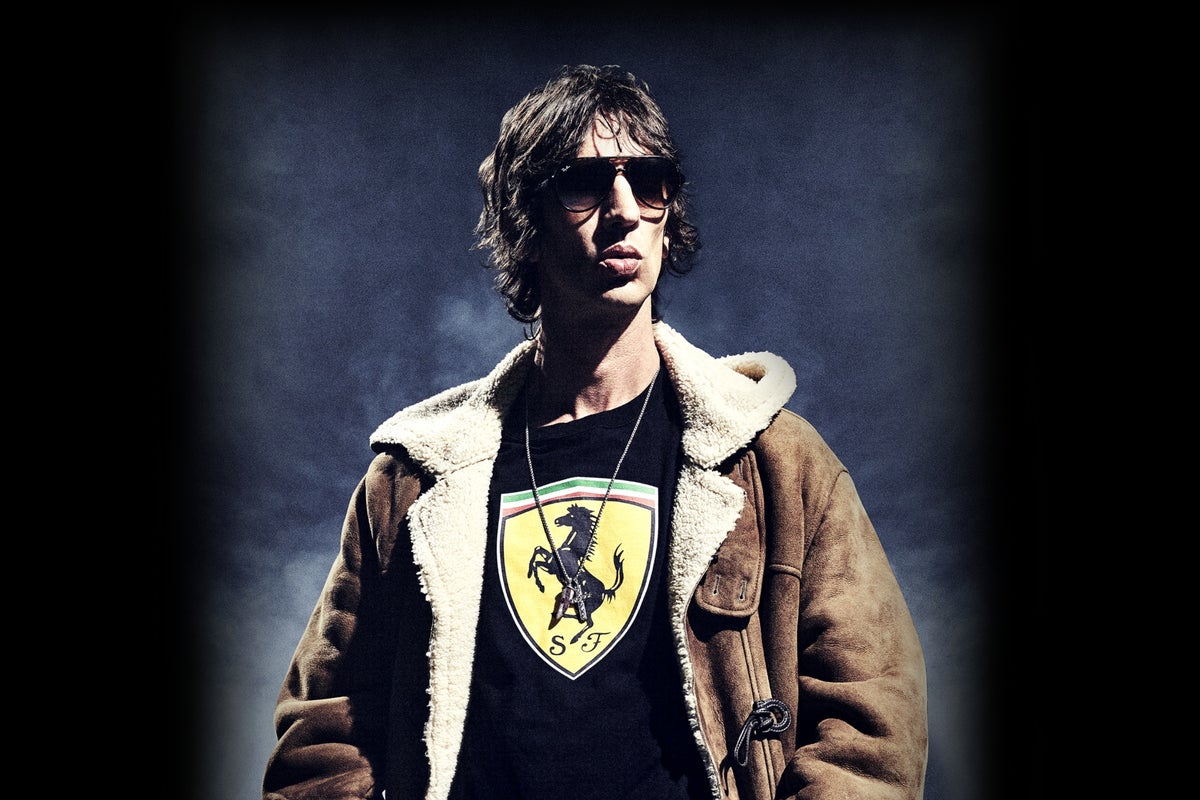North Korea’s Kim Jong Un oversaw a large military parade displaying its new intercontinental ballistic missile in front of visiting international dignitaries, the state media said.
Kim Jong Un’s show of force celebrating the 80th anniversary of the Workers’ Party of Korea comes at a time of growing strategic allegiance with China and Russia, and follows another massive military parade in Beijing last month, where Mr Kim, Xi Jinping and Vladimir Putin met as a trio for the first time.
In the parade, nuclear-armed North Korea displayed its most advanced Hwasong-20 intercontinental ballistic missile, described by the Korean Central News Agency (KCNA) as the country’s “strongest nuclear strategic weapon system”.
The Hwasong series of ICBMs has given North Korea the capacity to target anywhere on the US mainland, but questions remain over the sophistication of its guidance system to reach a target, and the ability of a warhead it carries to withstand atmospheric re-entry.
Photos and videos from North Korean and Russian state media showed thousands of spectators packing the brightly lit square.
KCNA said the columns of soldiers who marched during the parade included “the invincible overseas operations unit that fully demonstrated the spirit of the Korean people,” suggesting they were troops Kim had sent to Russia to join the war effort against Ukraine.The Hwasong-20 is the latest addition to Kim’s growing list of ICBMs
Chinese Premier Li Qiang, a delegation from Russia led by former President Dmitry Medvedev, as well as Vietnam’s Communist Party chief To Lam were among the foreign dignitaries in Pyongyang for the anniversary.
North Korea in recent years has flight-tested a variety of ICBMs, including missiles with built-in solid propellants that are easier to move and conceal and can be prepared for launch more quickly than the North’s previous liquid-fuelled missiles.
The parade saw the debut of the massive Hwasong-20 mounted on an 11-axle launcher truck. The new missile’s existence was first revealed in recent weeks as North Korea tested a new solid-fuel rocket engine that it said was intended for future ICBMs.
State media said the engine, built with carbon fibre, is more powerful than past models.Kim has called for the development of multi-warhead systems that would improve the chances of penetrating missile defences, and some experts say the Hwasong-20 could be designed for that purpose.
Other weapons on display included shorter range ballistic, cruise and supersonic missiles, which the North previously described as capable of delivering nuclear strikes against targets in rival South Korea.

“The Hwasong-20 represents, for the moment, the apotheosis of North Korea’s ambitions for long-range nuclear delivery capabilities. We should expect to see the system tested before the end of this year,” said Ankit Panda of the US-based Carnegie Endowment for International Peace.
“The system is likely designed for the delivery of multiple warheads… Multiple warheads will increase stresses on existing US missile defence systems and augment what Kim sees as necessary to achieve meaningful deterrence effects against Washington.”
“There are signs of North Korea preparing for a military parade involving tens of thousands of people, which our military is closely monitoring,” Colonel Lee Sung Jun, spokesperson for the Joint Chiefs of Staff, said earlier in a regular press briefing.
The Joint Chiefs of Staff also said they had observed the movement of vehicles and certain military equipment, though they did not disclose further details.
North Korea’s military parades are as much a global muscle-flex as they are a celebration for domestic consumption. This year, Pyongyang is also expected to showcase a series of hypersonic weapons designed to threaten US naval forces in the region, analysts cited by South Korea’s Yonhap news agency said.
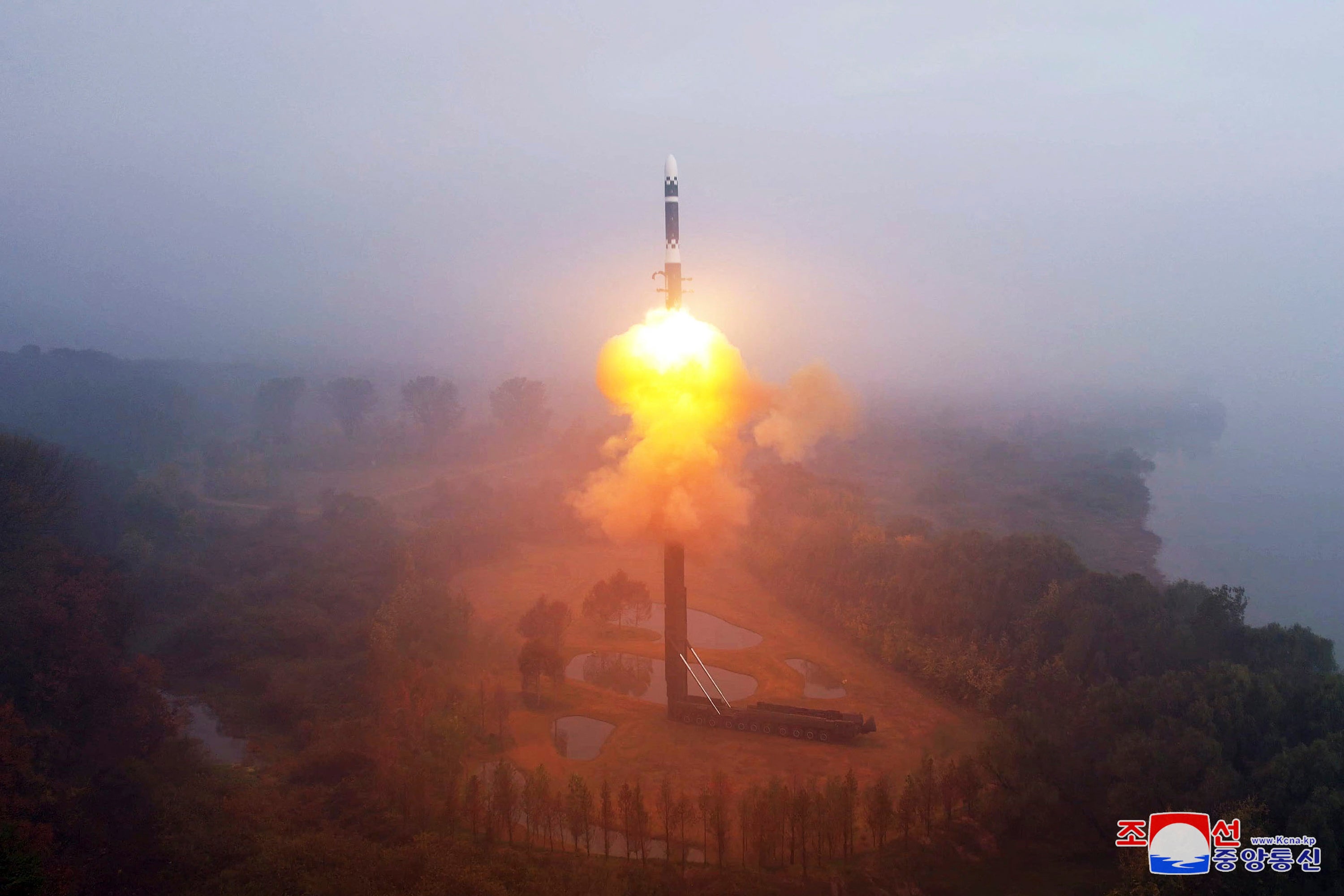
North Korean hawks and analysts widely expect Mr Kim to unveil the “next-generation” Hwasong-20, which would be powered by a new solid-fuel rocket.
It was on 2 September this year that North Korea revealed the first information about the Hwasong-20. Days later, Mr Kim personally supervised a high-thrust solid-fuel rocket engine test, describing it as “a significant change” in the modernisation of North Korea’s strategic nuclear forces.
According to state media, it was the ninth and final test in the missile’s development cycle. Photographs released by North Korean outlets showed what appeared to be the warhead of the Hwasong-20. While the engine tests were reported to have been successful, the new missile has yet to be tested operationally.
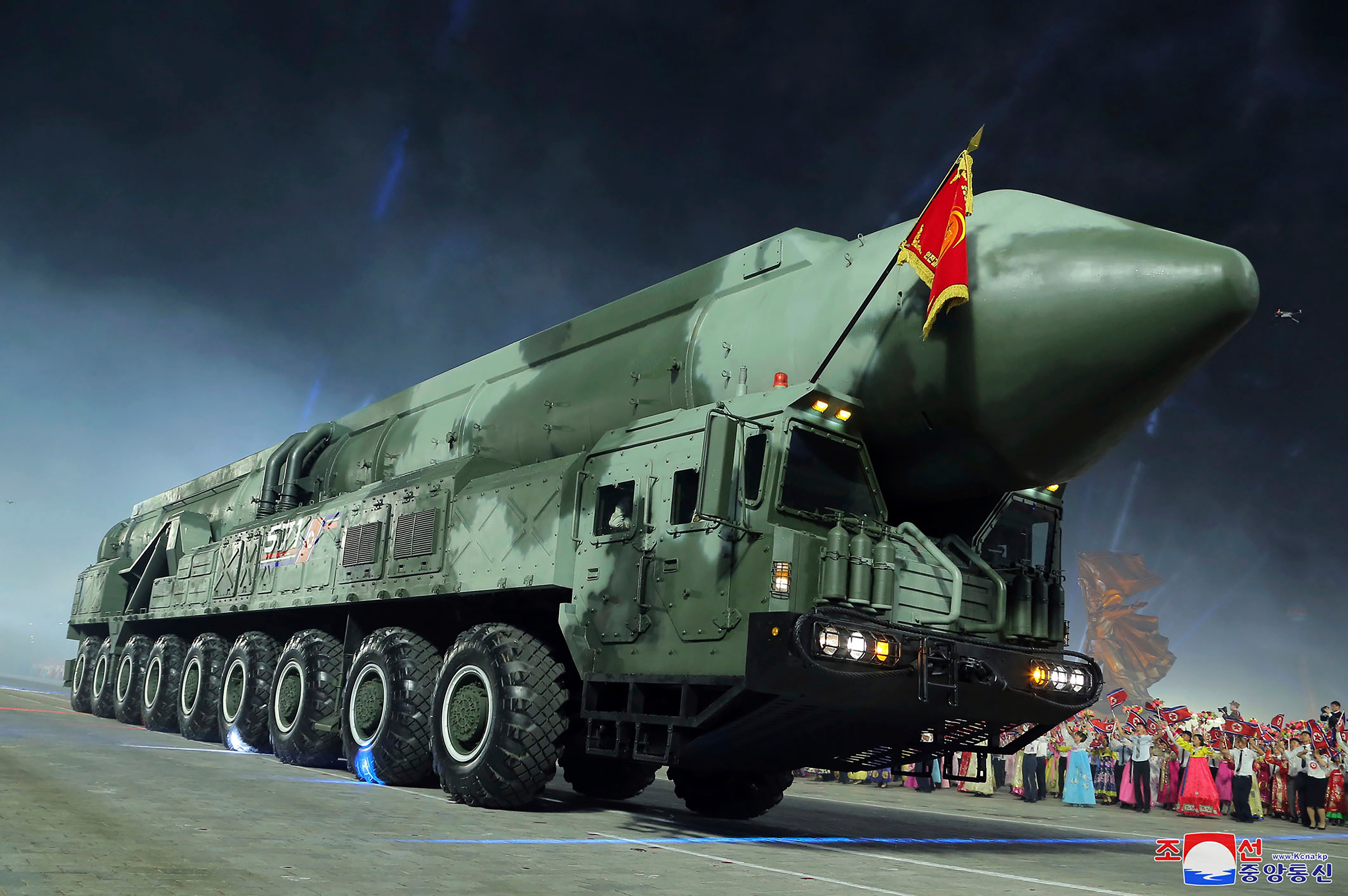
North Korea opened an arms exhibition in Pyongyang this weekend and Mr Kim issued a direct warning to the US, saying that North Korea will allocate special assets to key targets in direct response to the buildup of US forces in South Korea.
“I believe our enemies should be concerned about the direction [in which] their security environment is evolving,” Mr Kim said. North Korea “will undoubtedly develop additional military measures” to respond to the US military buildup, he added, without elaborating further.
North Korea’s Hwasong-11Ma and Hwasong-16B missiles – both shown at its latest defence expo – are also likely to be displayed at the parade.
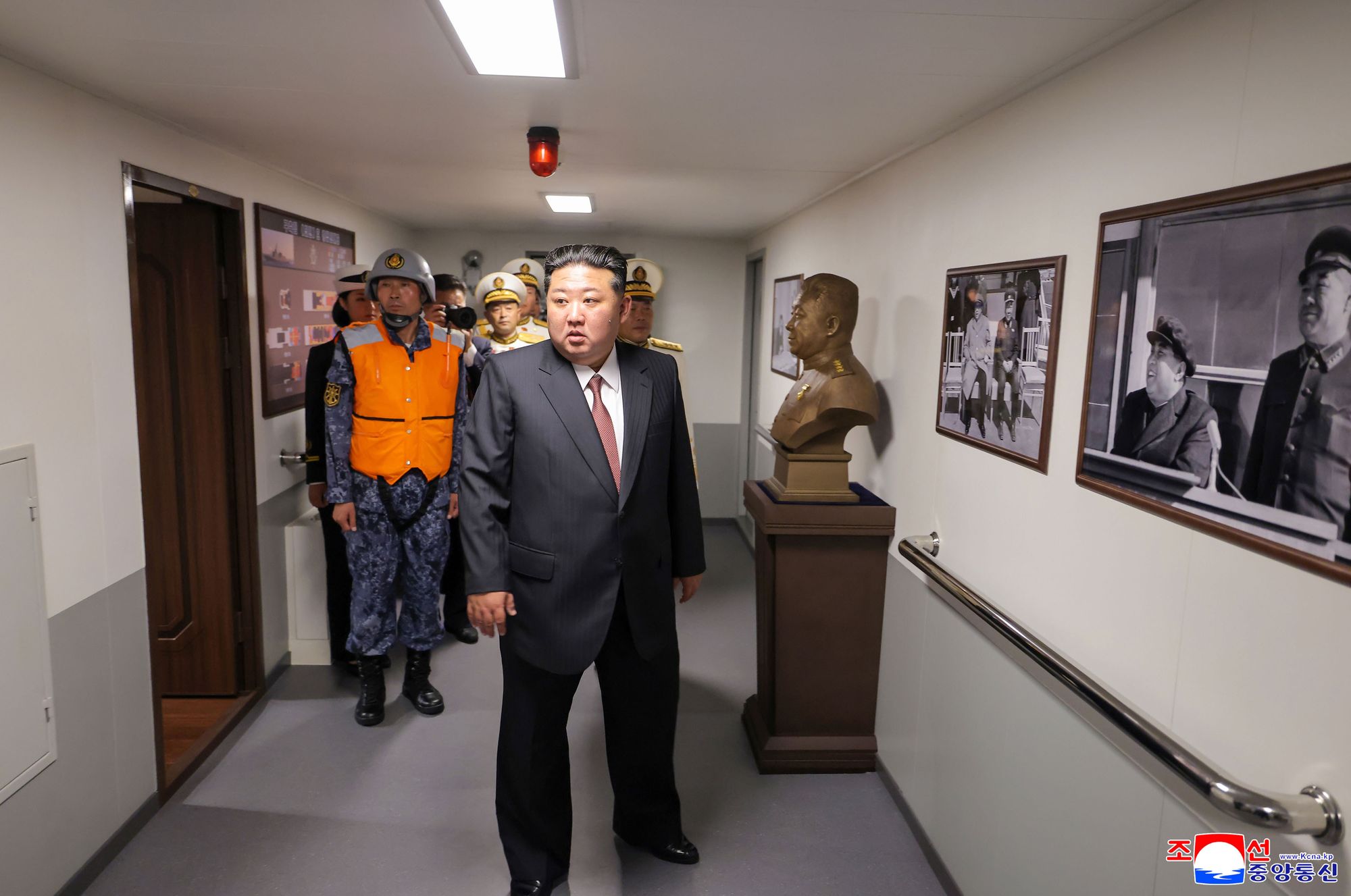
The Hwasong-11Ma is a variant of the Hwasong-11 short-range ballistic missile. It is designed to be launched from a 10-wheeled transporter-erector-launcher that can carry two missiles simultaneously.
It is unclear whether the Hwasong-11Ma is fully operational, tested, or still in its development phase. The demonstrations so far are from exhibitions.
The Hwasong-16B is a solid-fuel intermediate-range ballistic missile with a hypersonic glide warhead. North Korea conducted the third test-launch of the missile in January this year.
Mr Kim last month attended the “Victory Parade” in Beijing to mark the 80th anniversary of Japan’s defeat at the end of WW2. Mr Kim arrived in Beijing with his daughter, Kim Ju Ae, and rubbed shoulders with Mr Xi, Putin and other world leaders.
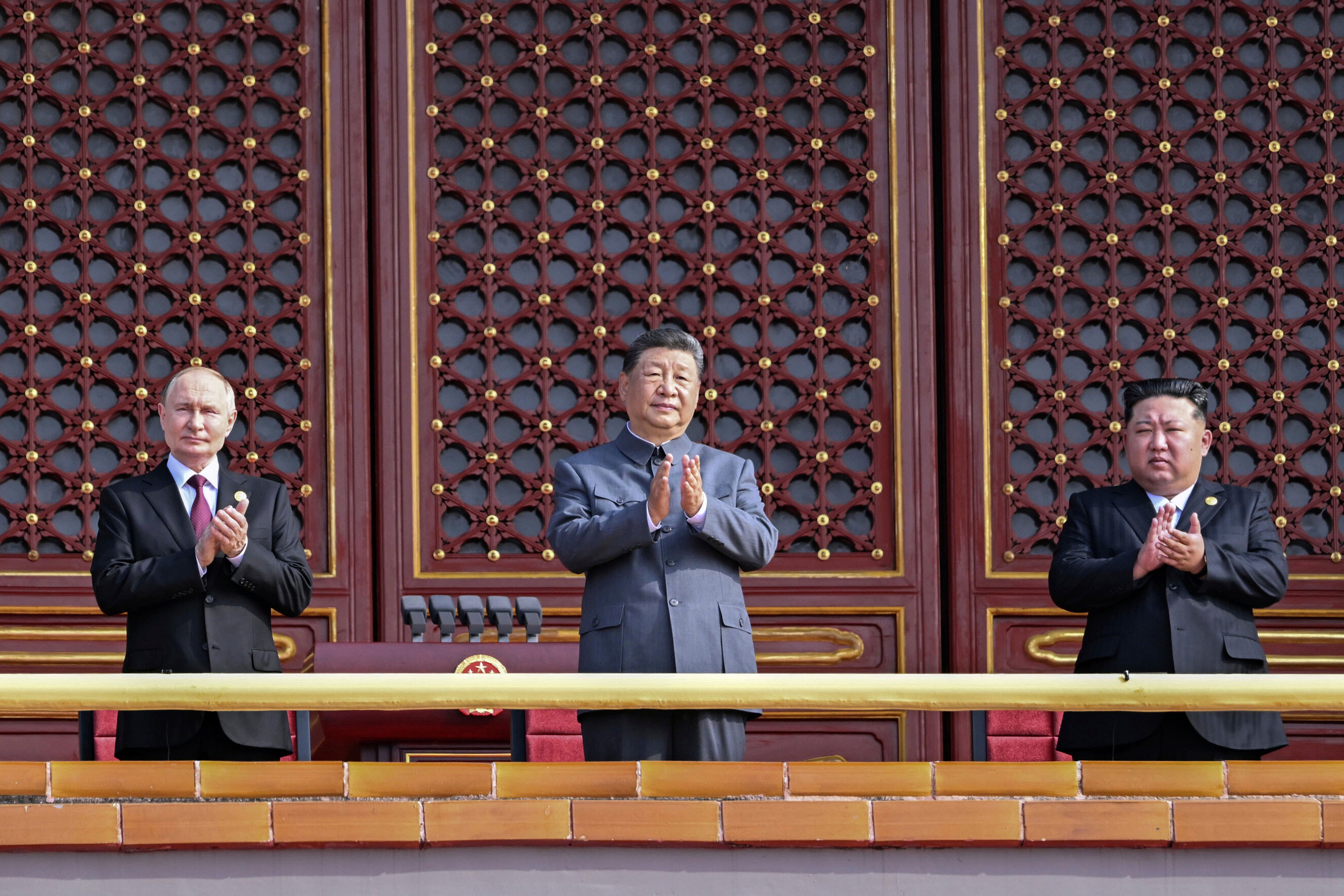
The visit was significant as the reclusive leader rarely travels abroad, and it was the first time he had attended a major multilateral event during his 14-year rule.
The parade comes as US president Donald Trump and new liberal South Korean president Lee Jae Myung have repeatedly expressed their hopes of restarting denuclearisation talks with North Korea. North Korea has shunned diplomacy with the US and South Korea since Mr Kim’s earlier round of talks with Mr Trump collapsed in 2019.
(With additional inputs from agencies)



